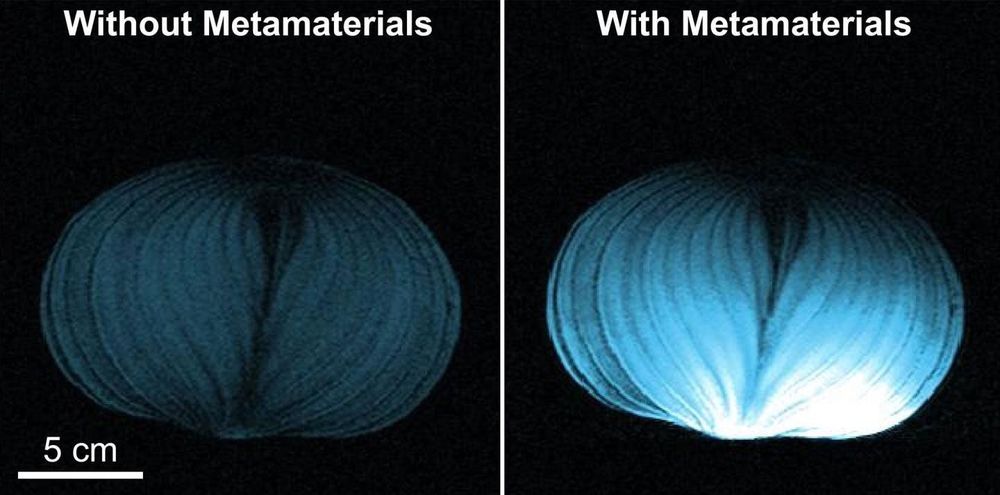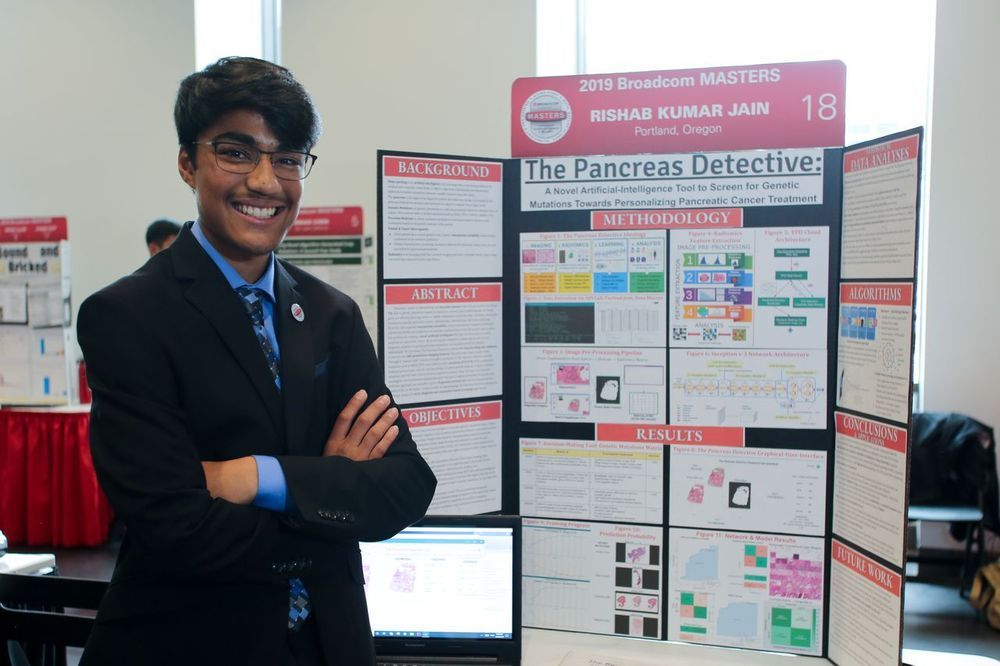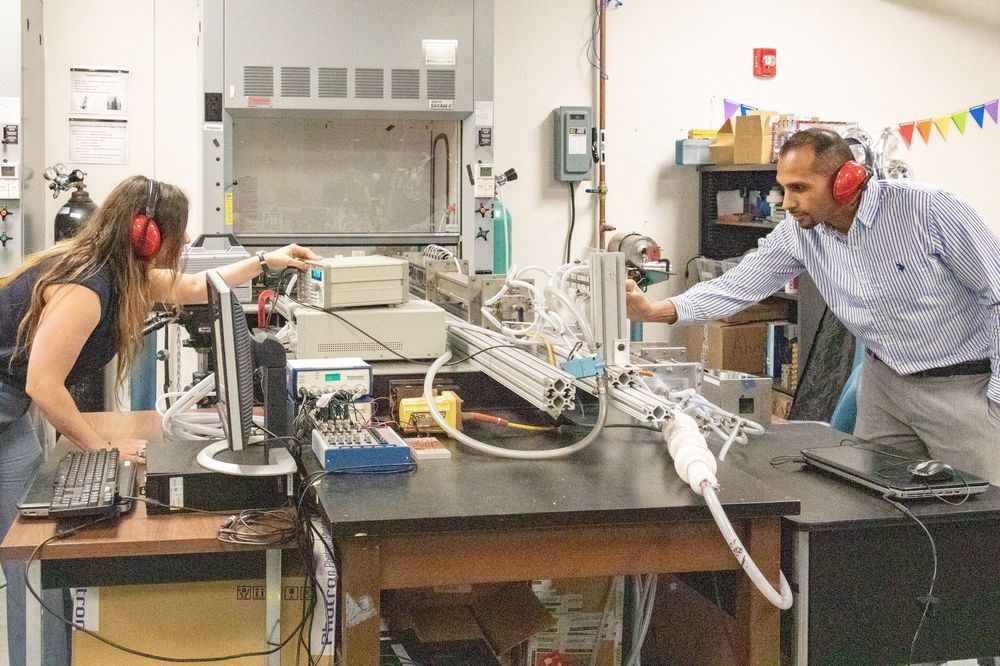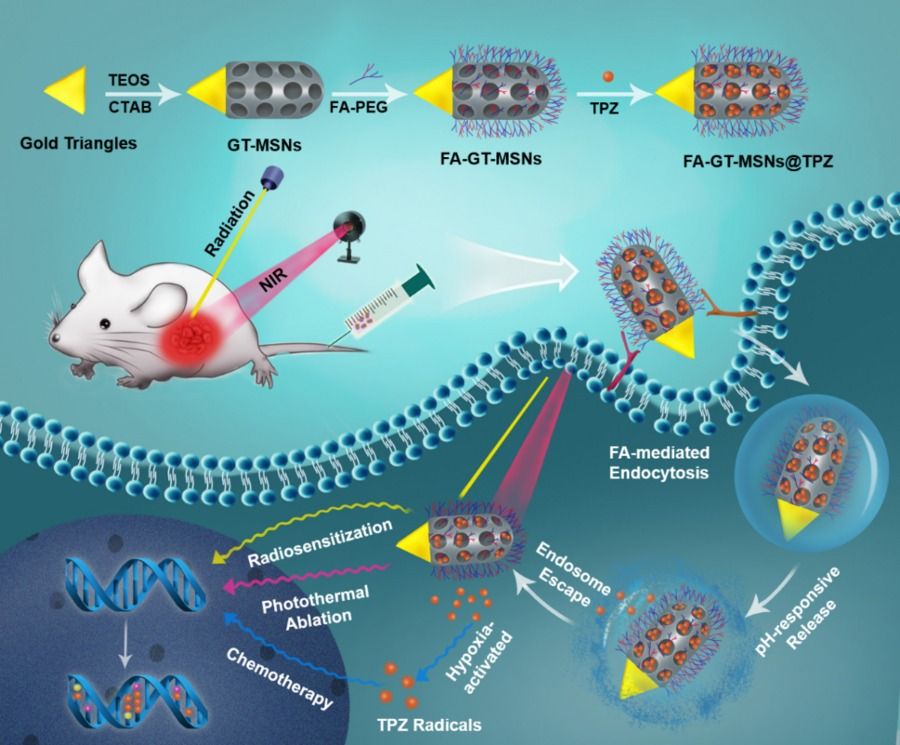Circa 2008
A recent study demonstrates that the use of an acute, localized static magnetic field of moderate strength can result in significant reduction of swelling when applied immediately after an inflammatory injury. Magnets have been touted for their healing properties since ancient Greece. Magnetic therapy is still widely used today as an alternative method for treating a number of conditions, from arthritis to depression, but there hasn’t been scientific proof that magnets can heal.
Lack of regulation and widespread public acceptance have turned magnetic therapy into a $5 billion world market. Hopeful consumers buy bracelets, knee braces, shoe inserts, mattresses, and other products that are embedded with magnets based on anecdotal evidence, hoping for a non-invasive and drug-free cure to what ails them.
“The FDA regulates specific claims of medical efficacy, but in general static magnetic fields are viewed as safe,” notes Thomas Skalak, professor and chair of biomedical engineering at U.Va.




